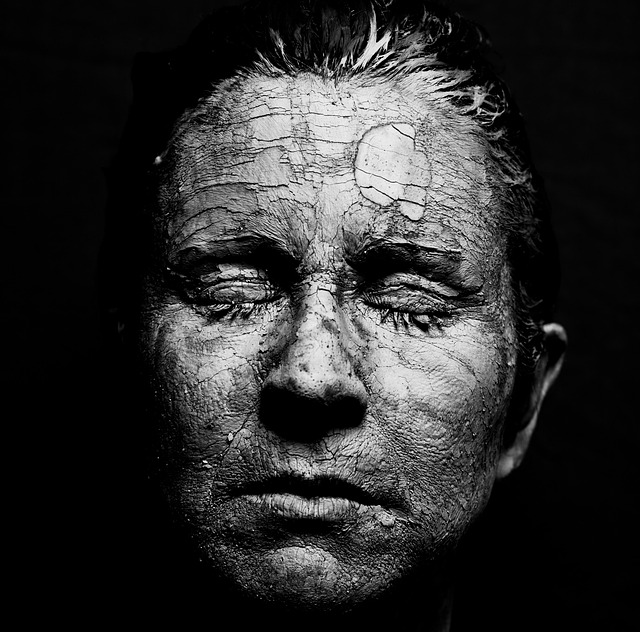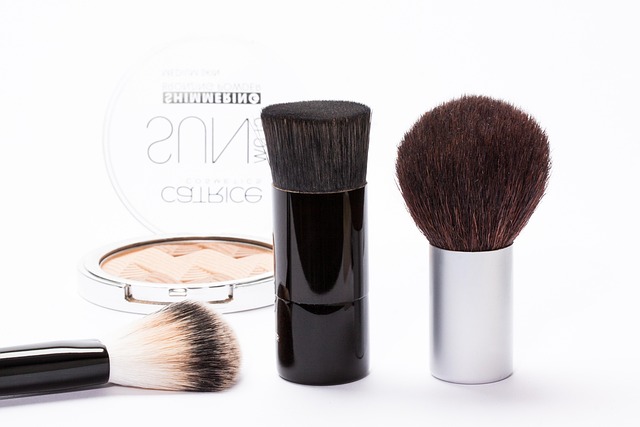Skin tags, caused by friction, genetics, or hormonal changes, range from harmless soft lumps to dendritic warts. Certified skin tag removal doctors offer traditional methods like surgery and excision, as well as newer, less invasive techniques such as cryotherapy and laser treatments. Home remedies and over-the-counter options exist, but consulting a healthcare professional is advised. Choosing the right certified skin tag removal doctor in various UK locations ensures expert care tailored to size, location, and number of tags.
Skin tags, those harmless yet often annoying growths, affect many. This comprehensive guide explores effective skin tag removal methods. From understanding their causes and various types to traditional surgical excision and modern laser or freezing treatments, we cover it all. We emphasize the importance of choosing a certified skin tag removal doctor for safe, efficient procedures. Discover home remedies and over-the-counter options too, empowering you to make an informed decision.
- Understanding Skin Tags: Causes and Types
- Traditional Methods: Surgery and Excision
- Home Remedies and Over-the-Counter Options
- Modern Approaches: Laser and Freezing Treatments
- Choosing the Right Doctor: Certified Expertise
Understanding Skin Tags: Causes and Types

Skin tags, also known as acrochordons, are small, soft lumps that can appear anywhere on the body, typically as a result of skin friction or irritation. They are usually harmless and often go unnoticed, but some individuals may choose to remove them for cosmetic reasons. The causes of skin tags include genetics, obesity, hormone fluctuations, and poor hygiene. They can vary in size, from just a few millimetres to several centimetres, and may be single or occur in clusters.
Different types of skin tags exist, with the most common being the soft skin tags that are often found in creases and folds of skin, such as the neck, armpits, and groin area. There’s also a type known as dendritic skin tags, which tend to appear on the face and look like small warts or moles. Understanding these variations is crucial when considering suitable removal methods, and consulting a certified skin tag removal doctor can help determine the best approach, whether it’s through freezing (cryotherapy), cutting, or other specialized treatments, with options available at working skin tag clinics like those in Canterbury or private skin tag removal Salford-based practices.
Traditional Methods: Surgery and Excision

Traditional methods for skin tag removal include surgery and excision, which are typically performed by a certified skin tag removal doctor. Surgery involves cutting off the tag with a scalpel or laser, while excision uses local anesthesia to numb the area before carefully snipping or burning off the tag. These methods are generally effective but may leave scars or require additional treatments for larger or more stubborn tags.
For those seeking private skin tag removal in Canterbury, Plymouth, or Bristol, certified dermatologists offer these traditional approaches as well as newer, less invasive techniques. Consulting with a professional is crucial to determine the best course of action based on the size, location, and number of skin tags, ensuring the highest level of care and minimizing potential complications.
Home Remedies and Over-the-Counter Options

While many people opt for professional certified skin tag removal doctor services like those offered at private skin tag removal guildford, manchester skin tag clinic, or gillingham skin tag clinic, there are also home remedies and over-the-counter options available. Home treatments often involve natural ingredients like apple cider vinegar, coconut oil, or banana peels, applied topically to the skin tags with the aim of drying them out and causing their eventual disappearance. These methods are usually non-invasive and can be done in the comfort of your home.
Over-the-counter options include creams, gels, and patches designed specifically for skin tag removal. These products often contain ingredients like salicylic acid or iodine, which work to shrink and remove skin tags. However, it’s crucial to note that while these remedies may be effective for some people, they might not work for everyone, and results can vary based on the size, type, and number of skin tags. As with any skin concern, consulting a healthcare professional before trying new treatments is recommended.
Modern Approaches: Laser and Freezing Treatments

Modern approaches to skin tag removal have seen a significant shift towards less invasive procedures, with laser and freezing treatments becoming increasingly popular choices for those seeking efficient and effective solutions. These advanced techniques offer an alternative to traditional surgical excision, providing patients with faster recovery times and minimal downtime.
Laser treatments involve targeting the skin tags with precise pulses of light energy, which effectively destroy the tissue while preserving surrounding healthy skin. This method is particularly effective for smaller tags and often leaves less visible scarring than other procedures. Freezing, or cryotherapy, on the other hand, uses liquid nitrogen to freeze and destroy the skin tags. It is a quick process and can be suitable for more extensive tag removal cases, as it offers precise targeting without damaging adjacent skin. Both options are performed by certified skin tag removal doctors who conduct an expert skin analysis to determine the most appropriate treatment plan. For instance, a Guildford skin tag clinic or one in Southend-on-Sea could offer these modern treatments, catering to local residents’ needs for specialized and professional skin tag removal services.
Choosing the Right Doctor: Certified Expertise

When considering skin tag removal, choosing the right doctor is paramount to a successful and safe outcome. It’s crucial to seek out a certified skin tag removal doctor who possesses the necessary expertise and training in dermatological procedures. This ensures that your treatment will be conducted with the utmost care and precision, minimising potential risks and complications.
In locations such as Maidstone, Preston, or Salford, there are qualified professionals who specialise in skin tag removal. These areas boast a range of medical facilities and clinics where you can access expert advice and safe, effective removal techniques. Remember, a certified doctor will utilise their expertise to determine the best method for your specific case, whether it’s through surgical excision, cryotherapy, or other specialised treatments.
In comparing various skin tag removal methods, it’s clear that each approach has its advantages and considerations. From traditional surgical excision to modern laser and freezing treatments, understanding the unique benefits and potential risks of each option is essential. When deciding on a course of action, consulting with a certified skin tag removal doctor can provide valuable insights tailored to your specific needs. Ultimately, choosing the right method and expert care ensures safe, effective, and long-lasting results.
